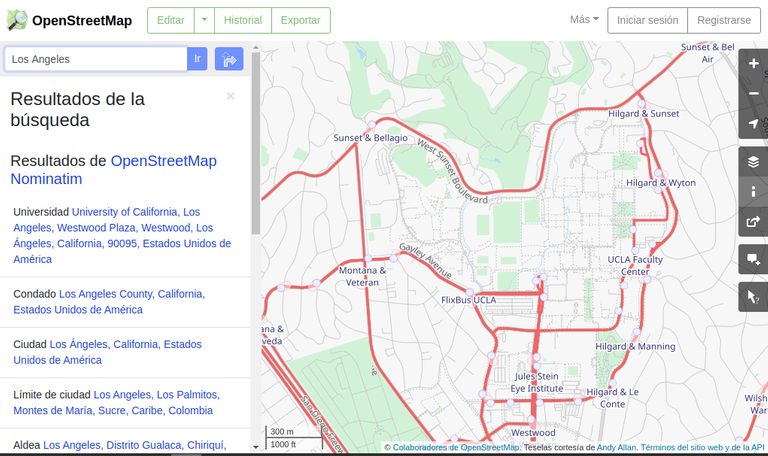OpenStreetMap: the "Cartographic Hive"
Dear fellow Hivers, I have a question for you: how many of us use "OpenStreetMap" instead of "Google Maps", or have even heard of that project?
Most likely only a small percentage of us have, as a consequence and hint of how dominant the TUGAFAM (Twitter - Uber - Google - Amazon - Facebook - Apple - Microsoft) have become in our minds everytime we think of using an electronic or computing device. Goolag, as I usually call “Google”, has succeeded in deleting in our lives all the map publishers, and seems to be now one of the very few providers in that field (for example Goolag bought Waze in 2013).
Diving into the robbed bit hole
The famous "Google Maps", which was born in 2005, was in fact copied by the US Behemoth from a project developed since 2004 by a community of devs and users prioritizing the principles of free and open source software: OSM (OpenStreetMap).
I invite us all to glance it, here: https://www.openstreetmap.org/#map=8/46.824/8.200&layers=T

That Google move could be compared to the fact that the US Federal Reserve would decide to “recycle” the Hive Based Dollar currency core code and from now on would base the fiat dollar on it, but centralizing its whole mechanism, and without crediting any of the Hive devs (actually they’ve done it in that case too: it’s the CBDCs).
Why to prefer the original collaborative mapping tool?
Let’s tackle here some of the main differences between OpenStretMap and Google Maps:
- OSM is free of charge and will remain so, for users, for developers and for companies. It may be entirely downloaded on our computer, and freely used as the basis for a game, a school project, etc.
- All the data and edits we add into OSM maps are our property, and freely available for community use. In the case of "Google Maps", Goolag instantly stamps with its copyright the information we upload.
- In OSM the aim is to educate ourselves, and each other, in discovering the world around us and in mapping it in real time for the benefit of everyone, thus any question that comes to our mind when we’re handling the (m)app are solved by other users - just like in Hive :-).
Allow me to quote Aleks Buczkowski in that respect (https://geoawesomeness.com/why-would-you-use-openstreetmap-if-there-is-google-maps/): “In 2010, when the island of Haiti suffered from a 7-point magnitude earthquake, the OSM community needed just a couple of hours to map the whole island from satellite imagery, which allowed relief workers to properly coordinate rescue missions and save many lives, while commercial maps had no way of responding in such a short duration. The more recent Nepal Earthquake saw the contributions of over 2,000 volunteers mappers responding to the crisis within 48 hours”.
- The same way in Wikipedia we can create an article about a topic which is relevant for only 20 people on planet Earth, in OSM users/contributors enjoy the freedom to focus on providing data about the distribution of a specific and almost forgotten crop in a Peruvian municipality, something that wouldn’t be implementable in "Google Maps", for being non-profitable data.
- OSM is espionage-proof. "Google Maps" records every query we direct to it, and links it to our location, obtaining it through that eerily reminiscent of Android mobile operating system, that Google kidnapped to turn it almost completely proprietary (How many Android users do remember it’s based on Linux?...).
OSM shows us what really exists in a territory, while Goolag Maps filters out what THEY want us to find, and conceals what their algorithm considers not to be appropriate.
Thanks a lot for having read until here, and don’t hesitate in sharing as comments your OSM experiences and use cases :-)